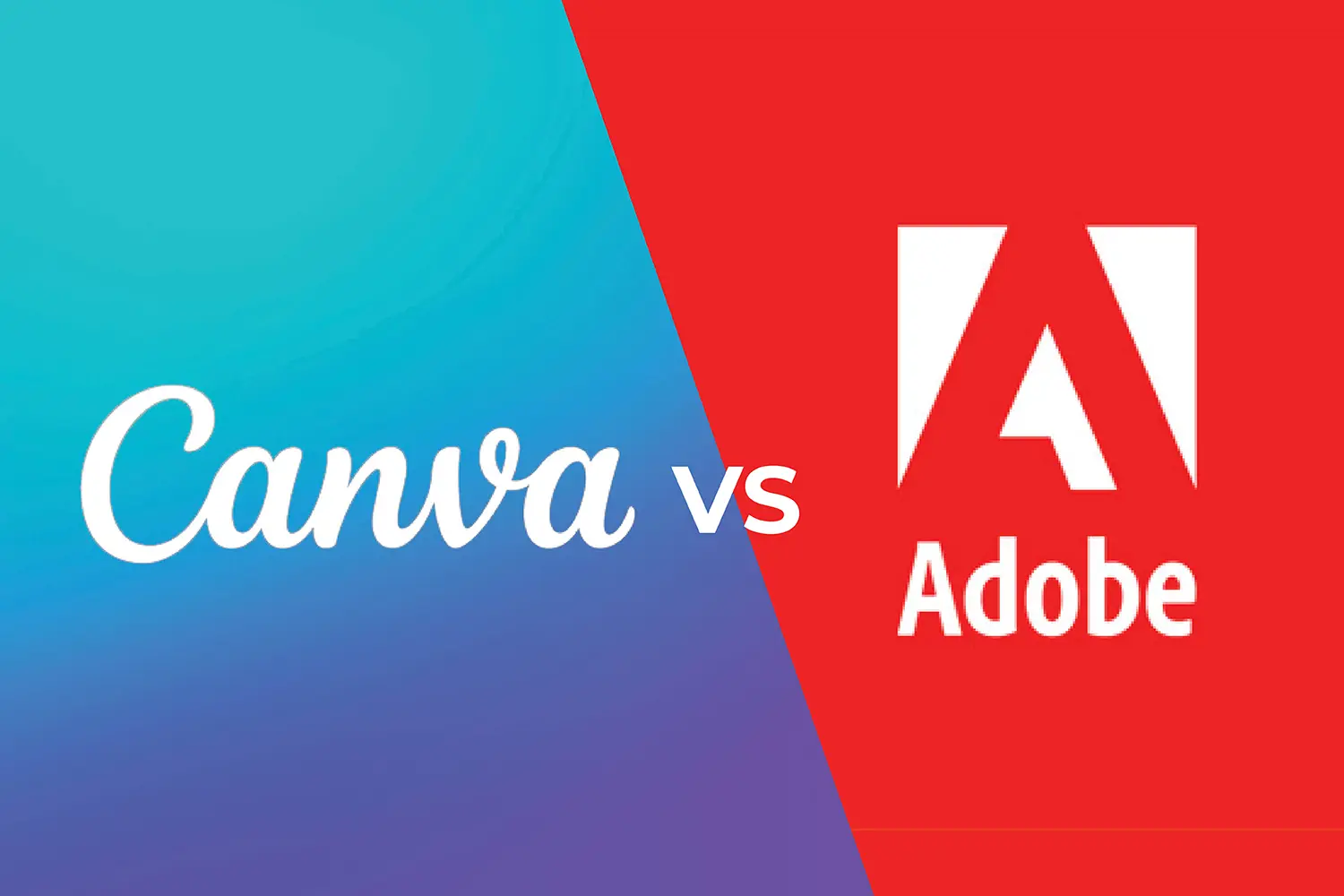
Canva Users vs. Adobe Professionals: What Sets Them Apart
This article explores the key differences between Canva users and Adobe professionals, helping you understand their unique strengths and which design solution may be best for different types of projects. The world of design is more diverse than ever, thanks to a variety of tools that cater to different skill levels and project needs. Two of the most popular options are Canva and Adobe’s suite of tools. While both platforms serve the purpose of creating visually appealing graphics, they cater to very different types of users. This article dives into the key differences between Canva users and Adobe professionals, helping you understand what sets them apart.The Accessibility of Canva
Canva has made design accessible to everyone. With its intuitive drag-and-drop interface and vast library of pre-made templates, graphics, and fonts, Canva allows anyone-regardless of their design background-to create polished visuals in just a few clicks. This is why Canva is often used by small business owners, social media managers, and individuals who need attractive designs quickly and affordably.
Canva’s simplicity and convenience make it an ideal tool for producing social media graphics, presentations, flyers, and other marketing materials. The templates and pre-designed elements take the guesswork out of design, allowing users to produce consistent visuals without requiring in-depth knowledge of design principles. Canva is particularly well-suited for those looking to produce content quickly, with minimal customization.
The Creative Power of Adobe Professionals
In contrast, Adobe’s suite of tools-including Photoshop, Illustrator, and InDesign-offers a level of creative control and customization that goes far beyond what Canva can provide. These tools are used by professional graphic designers who have a deep understanding of design principles like composition, color theory, typography, and visual hierarchy. Adobe’s tools are built for creating unique, tailored visuals from scratch, allowing for intricate details and advanced effects.
Adobe professionals are capable of tackling complex projects, such as brand identity development, custom illustrations, and high-quality print materials. These projects require a more nuanced approach, where every design element is customized to serve a specific purpose and align with the brand’s story. The flexibility offered by Adobe tools empowers professionals to create something truly original, making them indispensable for high-stakes branding projects and detailed design work.
“Canva is perfect for those who need quick, visually appealing designs without delving into complex customization.”
Customization vs. Convenience
The primary difference between Canva users and Adobe professionals lies in the level of customization versus convenience. Canva is perfect for those who need quick, visually appealing designs without delving into complex customization. Its drag-and-drop interface, combined with a rich library of pre-made elements, allows users to create professional-looking visuals easily.
Adobe, on the other hand, provides complete creative freedom. It is ideal for projects that require originality and extensive customization. Adobe professionals can create every element of a design from scratch, allowing them to build visuals that are not only aesthetically pleasing but also deeply aligned with a brand’s unique values and needs. This makes Adobe tools particularly important for projects that require a strategic and distinctive approach.
When to Choose Canva or Adobe
The choice between Canva and Adobe depends largely on the project’s requirements and budget. Canva is often the go-to for small businesses, entrepreneurs, or individuals who need visually consistent and attractive designs without investing heavily in custom work. It is user-friendly and budget-friendly, making it suitable for projects like social media content, event flyers, and presentations.
However, for more complex projects-such as creating a brand identity, designing for large-scale print, or developing unique marketing assets-Adobe professionals are the better choice. They bring a depth of expertise and a creative approach that Canva’s templates cannot match. Adobe tools are built for creating standout designs that convey a brand’s personality and resonate deeply with the target audience.
“Adobe professionals bring a depth of expertise and a creative approach that Canva’s templates cannot match, making them the better choice for complex projects and unique branding needs.”
Blurring the Lines
It’s also worth noting that Canva and Adobe are not mutually exclusive. Many professionals use both tools depending on the task at hand. Canva can be great for quickly drafting social media content or mock-ups, while Adobe is reserved for more detailed, high-impact work. Canva can also be a useful tool for those just starting out in design, providing an accessible way to learn basic concepts before transitioning to more sophisticated software like Adobe.
Conclusion
Canva users vs. Adobe professionals: What sets them apart? It ultimately comes down to the level of customization, creative control, and project complexity. Canva is a fantastic tool for making design accessible to everyone, offering quick and easy solutions for straightforward projects. Adobe, however, offers the depth and flexibility needed for high-quality, fully customized designs that convey a brand’s story effectively.
Both tools have their own place in the design ecosystem. The right choice depends on the goals of your project, the desired level of customization, and the resources available. Whether you need the convenience of Canva or the creative power of Adobe, understanding these differences will help you choose the right tool-or the right professional-for your design needs.


Recent Comments